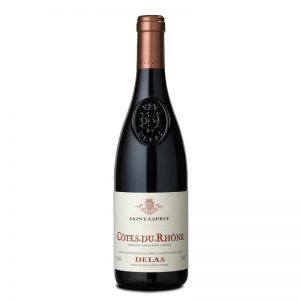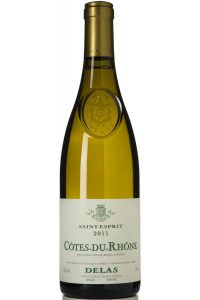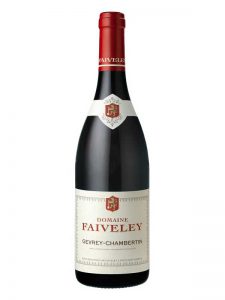Production Area: Delle Venezie, Northeast Italy.
Grape Variety: 100% Pinot Grigio.
Description: Pale straw in color, Bolla Pinot Grigio is well balanced with crisp acidity and delicate flavors with hints of peach, melon, pear and lime.
Skins and stalks are immediately separated from juice and fermentation takes place in temperature-controlled stainless steel to preserve all typical varietal characteristics: freshness, crispness, and beautiful fruit aromas of Pinot Grigio.
Food: Bolla Pinot Grigio is a fine match for fresh seafood, white meat, creamed sauced pastas and grilled vegetables. It also makes an ideal aperitif.










